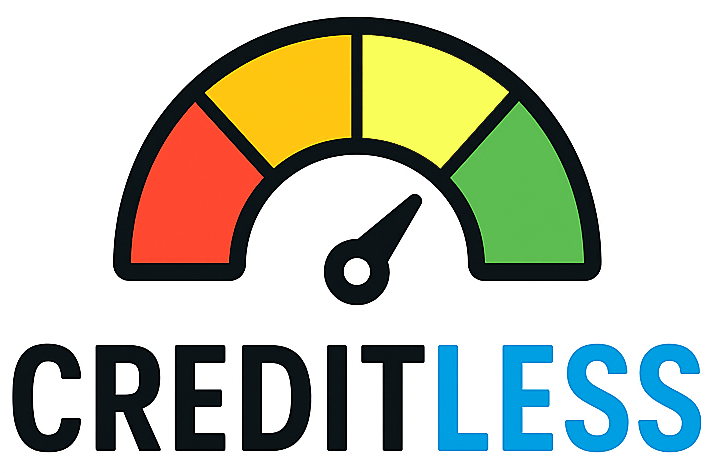Why credit monitoring still matters in 2025
Credit monitoring is no longer just a convenience — it’s an early-warning system. Modern services scan credit files, public records and the dark web for signs of identity theft, new accounts opened in your name, unexpected inquiries, and address or employment changes. If you care about preventing fraud, spotting reporting errors, or tracking score-moving events ahead of a loan application, regular monitoring is a practical safeguard. For consumers who need the most lender-relevant data, a monitoring service that reports or delivers FICO-based alerts can be especially useful.
This article summarizes the leading options available in 2025 (free and paid), explains the features that matter most, and gives concrete guidance so you can pick the right level of protection for your situation.
Top picks at a glance (quick recommendations)
- Best overall for identity & credit monitoring: IdentityGuard — robust 3‑bureau monitoring, dark‑web and social monitoring, identity restoration and insurance; strong family plans available.
- Best free monitoring: Credit Karma — free daily/regular monitoring of your TransUnion and Equifax files, useful alerts and tools to dispute TransUnion items directly. Good for everyday tracking but not a full restoration/insurance package.
- Best for FICO-based monitoring: myFICO — official FICO score updates and a three‑bureau FICO Advanced option for consumers who want alerts tied to FICO score versions lenders use. Paid plans start higher but deliver lender-relevant score data.
- Best value in bundled security suites: Security vendors such as Bitdefender and McAfee now include identity and three‑bureau credit monitoring in higher‑tier security bundles — useful if you want one vendor for antivirus plus identity protection. These bundles can offer broader device protections alongside credit alerts.
- Best for extras (lost wallet/help & restoration): Credit Sesame and similar consumer protection services include insurance and restoration help in paid tiers at midrange prices. If quick recovery support and reimbursement matter, compare insurance limits and response commitments.
How to compare credit monitoring services (what to look for)
Not all monitoring is created equal. Use this checklist when comparing services:
- Number of bureaus monitored: Three‑bureau monitoring (Experian, TransUnion, Equifax) gives the broadest coverage. Single‑bureau plans are cheaper but miss bureau‑specific entries.
- Alert types & speed: Does the service notify you about new accounts, hard inquiries, address changes, and public records, and how quickly? Daily scanning with push notifications is standard for paid tiers.
- Score type: Does the product show VantageScore, FICO, or both? If you’re preparing for a mortgage or auto loan, FICO‑score monitoring (as offered by myFICO) may be more indicative of what lenders will see.
- Identity restoration & insurance: Check the dollar limits and what the restoration service covers — not all plans reimburse stolen funds or offer full legal help.
- Credit locks & freezes: Some services offer a one‑click credit lock or help you freeze files at the bureaus. These are useful, but understand whether locks are bureau‑specific (e.g., TransUnion lock included) or three‑bureau.
- Privacy & data handling: Read how the provider stores and shares your personal data. Free services that rely on advertising (e.g., Credit Karma) monetize opportunities differently than subscription services.
In short: prioritize three‑bureau monitoring and a clear identity restoration promise if you’re buying protection; choose a reputable free service for lightweight monitoring and dispute tools. Recent market comparisons and reviews list typical price bands and feature tradeoffs for 2025.
Practical recommendations and next steps
If you’re unsure which level you need, follow this simple approach:
- No history of fraud, limited budget: Start with a free tracker (Credit Karma or Experian’s free app) for daily/regular alerts and dispute tools. Upgrade if you encounter suspicious activity.
- Active identity theft risk or recent breach: Choose a paid three‑bureau service with white‑glove restoration and at least $1M identity‑theft insurance (e.g., IdentityGuard, mid‑tier plans from established providers). Ensure the plan includes rapid case managers and reimbursement limits that match your needs.
- Preparing for a major loan (mortgage/auto): Consider a FICO‑based monitoring product (myFICO) so you’re tracking the exact score versions lenders use. Keep an eye on the frequency of updates (daily vs. quarterly).
- Want bundled digital security: If you already pay for antivirus/VPN, compare bundle options that add credit monitoring (Bitdefender, McAfee, etc.). Bundles can be cost‑effective but compare identity restoration terms carefully.
Final checklist before you sign up: verify which bureaus are covered, confirm alert channels (email/text/push), read the restoration & insurance fine print, and check whether the company sells or shares consumer data. If you want, we can run a side‑by‑side comparison for any three services you’re considering — tell me which ones and I’ll pull current pricing and feature lists.
